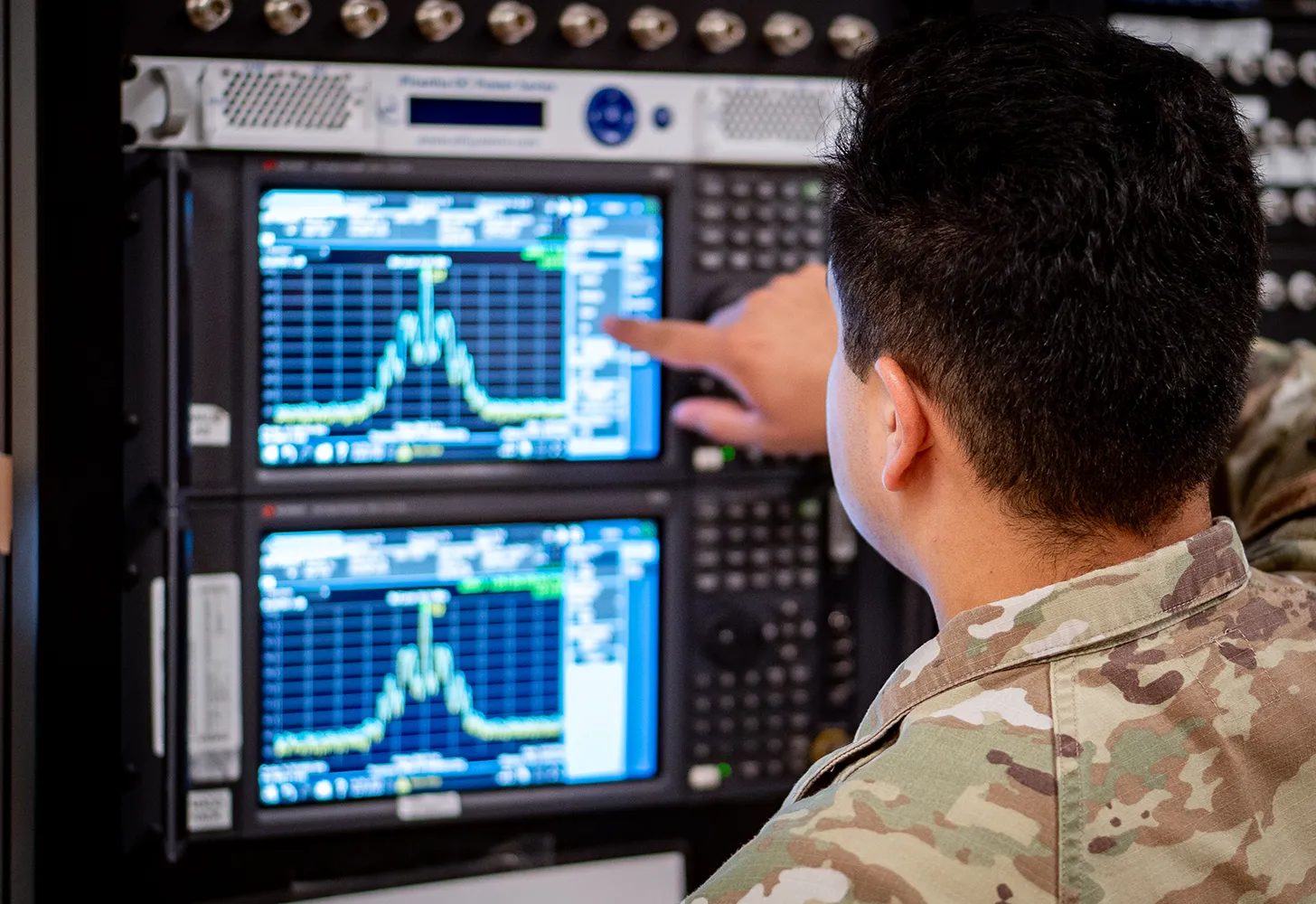What we do
Decision Advantage
Through the power of human-AI engineering, we accelerate and improve decision-making in complex, mission-critical environments — to help our Warfighters stay safe, reduce risk, and adapt to any challenge that comes their way.
Our proven solutions in the field
We’ve launched several solutions that have been tested and proven in real-world scenarios, enabling decision advantage from command elements to
operators on the ground.
DSSWA
Intelligent support for smarter submarine operations
MARCIMS
Transforming civil data into actionable insights
How we’re moving the industry forward
Advanced research & development
We’re leading some of the most exciting and innovative R&D in the field of decision advantage. Explore a few of our most recent initiatives.

We are developing AI methods that help analysts rapidly discover, connect, and synthesize insights across large, complex, and cross-domain information sources. This supports faster risk identification and deeper situational understanding for intelligence and biosecurity missions.

We are creating generative-AI systems that transform complex movement and geospatial data into structured insights and readable narratives. By identifying patterns, anomalies, and points of interest, we strengthen battlespace awareness while reducing cognitive and analytic workload.

We are advancing computer vision and object detection models that help analysts and planners identify, track, and characterize objects of interest across dynamic operational environments. This work improves target recognition and enhances detection accuracy for time-sensitive decisions.

We are developing predictive models that forecast ship movement, adversary intent, and future actions using AI-driven knowledge graphs and probabilistic reasoning. This enables analysts to anticipate threats with greater precision and maintain decision advantage in rapidly evolving operations.
We are developing AI systems that surface and prioritize critical information hidden across distributed, siloed data sources. By analyzing metadata cues such as recency, frequency, provenance, and user interactions, these systems intelligently retrieve and recommend high-value content. This reduces search burden, preserves institutional knowledge, and accelerates the transition from raw data to decision-ready insight.
